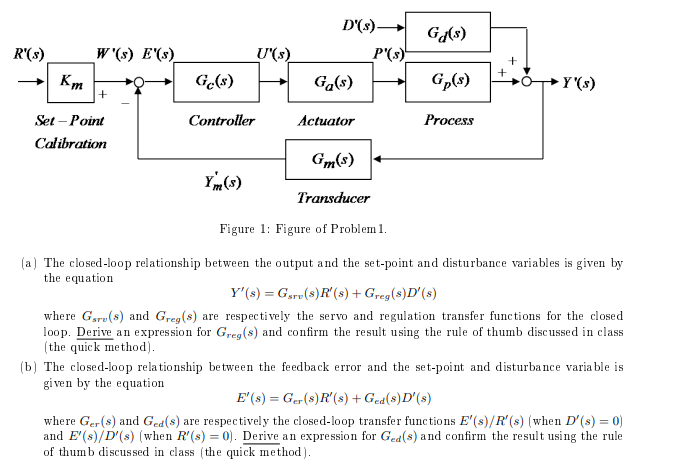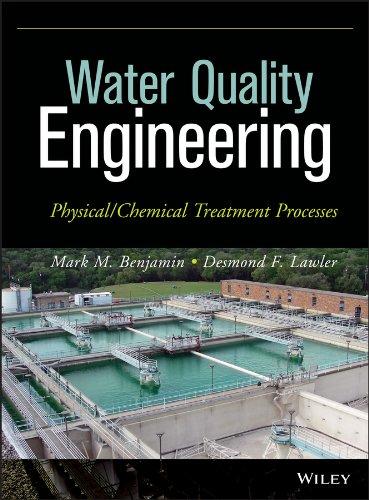Question
Consider the standard feedback loop shown in the gure below. Figure 1: Figure of Problem1. (a) The closed-loop relationship between the output and the set-point

Consider the standard feedback loop shown in the gure below. Figure 1: Figure of Problem1. (a) The closed-loop relationship between the output and the set-point and disturbance variables is given by the equation where and are respectively the servo and regulation transfer functions for the closed loop. Derive an expression for and conrm the result using the rule of thumb discussed in class (the quick method). (b) The closed-loop relationship between the feedback error and the set-point and disturbance variable is given by the equation where and are respectively the closed-loop transfer functions (when ) and (when ). Derive an expression for and conrm the result using the rule of thumb discussed in class (the quick method).
Figure 1: Figure of Problem 1. The closed-loop relationship between the output and the set-point and disturbance variables is given by the equation Y(s)=Gsrv(s)R(s)+Greg(s)D(s) where Gsrv(s) and Greg(s) are respectively the servo and regulation transfer functions for the closed loop. Derive an expression for Greg(s) and confirm the result using the rule of thumb discussed in class (the quick method). The closed-loop relationship between the feedback error and the set-point and disturbance variable is given by the equation E(s)=Ger(s)R(s)+Ged(s)D(s) where Ger(s) and Ged(s) are respectively the closed-loop transfer functions E(s)/R(s) (when D(s)=0 ) and E(s)/D(s) (when R(s)=0 ). Derive an expression for Ged(s) and confirm the result using the rule of thumb discussed in class (the quick method)Step by Step Solution
There are 3 Steps involved in it
Step: 1

Get Instant Access to Expert-Tailored Solutions
See step-by-step solutions with expert insights and AI powered tools for academic success
Step: 2

Step: 3

Ace Your Homework with AI
Get the answers you need in no time with our AI-driven, step-by-step assistance
Get Started


